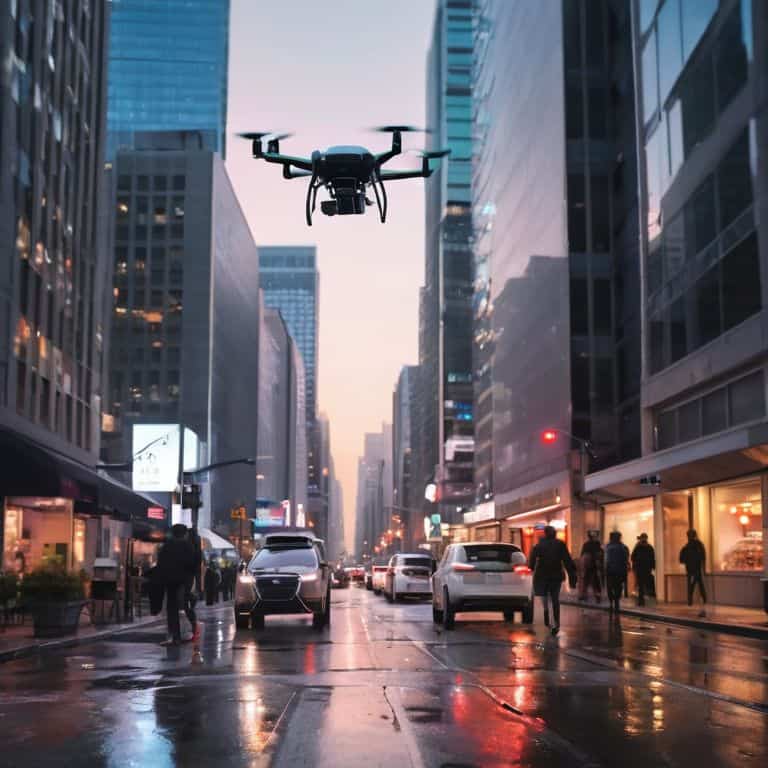As I sit here, scrolling through my social media feeds, I’m bombarded with the same old traditional tourism clichés: overcrowded beaches, generic souvenir shops, and a sea of selfie sticks. It’s enough to make you wonder if there’s a better way to experience the world. The debate between slow travel vs traditional tourism has been simmering for a while now, with many of us torn between the convenience of a packaged vacation and the allure of a more immersive, authentic experience. I’ve been there, done that, and got the t-shirt – only to realize that the real magic happens when you ditch the brochure and take the road less traveled.
So, what’s the alternative? For me, it’s all about embracing the slow travel movement, with all its quirks and uncertainties. In this article, I’ll share my own experiences, no-nonsense advice, and expert insights to help you navigate the world of slow travel. I’ll cut through the hype and get to the heart of what makes this approach so special – from the people you meet to the hidden gems you discover. If you’re tired of feeling like just another tourist and want to truly connect with the places you visit, then keep reading – I’ve got you covered.
Table of Contents
Slow Travel

Slow travel refers to a type of tourism where individuals stay in a destination for a longer period, often immersed in local cultures and experiences, with the main selling point being the opportunity to truly absorb the essence of a place. This approach to travel allows for a deeper connection with the environment, people, and customs, making it a unique and rewarding experience. By focusing on the journey rather than the destination, slow travelers can appreciate the small details that often go unnoticed in traditional tourism.
As someone who’s always on the lookout for the next big trend, I believe that slow travel matters because it offers a genuine escape from the chaos of everyday life. When we slow down and truly experience a place, we begin to notice the subtle nuances of local life, from the way people interact with each other to the rhythms of daily routines. This type of travel isn’t just about checking off a list of sights to see; it’s about becoming a part of the fabric of a community, if only for a little while. By embracing slow travel, we can tap into a more authentic sense of adventure and return home feeling refreshed and inspired.
Traditional Tourism

Traditional tourism is a type of travel where individuals visit a destination for a short period, usually with a packed itinerary and a focus on seeing as many famous landmarks and attractions as possible, with the main selling point being the efficiency and convenience of experiencing a lot in a little time. This approach to travel often involves guided tours, strict schedules, and a emphasis on capturing the perfect photo opportunity. Traditional tourism is great for those who want to see a lot in a short amount of time and experience the thrill of visiting new and exciting places.
However, as a cultural trend forecaster, I think it’s essential to examine the cultural implications of traditional tourism. When we travel in a way that’s focused on checking off a list of sights, we can often miss out on the local flavor and unique character of a place. Traditional tourism can also lead to over-tourism, which can have negative impacts on local environments and communities. By understanding the limits of traditional tourism, we can begin to appreciate the value of slower, more immersive travel experiences that allow us to truly connect with the people and places we visit.
Slow Travel vs Traditional Tourism: Head-to-Head Comparison
| Feature | Slow Travel | Traditional Tourism |
|---|---|---|
| Price | Often Lower | Generally Higher |
| Key Feature | Immersive Experiences | Popular Attractions |
| Best For | Independent Travelers | Families and Groups |
| Duration of Stay | Longer | Shorter |
| Environmental Impact | Lower | Higher |
| Cultural Immersion | Deeper | Superficial |
| Flexibility | High | Low |
Slow Travel vs Traditional Tourism

As I delve into the world of travel, I’m struck by the realization that the _pacing of our experiences_ can greatly impact our overall satisfaction. In the debate between slow travel and traditional tourism, understanding the implications of each approach is crucial. The criterion of time and pacing is where the two philosophies fundamentally diverge, making it a critical aspect to explore.
When it comes to slow travel, the emphasis is on immersive experiences. Travelers take their time to explore destinations, often staying in one place for an extended period. This approach allows for a deeper connection with local cultures and communities. In contrast, traditional tourism typically involves a rushed itinerary, where visitors try to pack as many attractions as possible into their schedule. The practical implications of these approaches are significant, with slow travel promoting authentic interactions and traditional tourism sometimes feeling like a checklist of tourist traps.
In conclusion, when considering the criterion of time and pacing, slow travel emerges as the clear winner. By adopting a slower pace, travelers can have more meaningful encounters and a more fulfilling experience. In the end, it’s about choosing between a superficial glance and a genuine connection with the places we visit.
Key Takeaways: Navigating the Shift from Traditional Tourism to Slow Travel
Slow travel offers a more immersive and culturally rich experience, allowing individuals to engage with local communities and environments in a meaningful way, unlike traditional tourism which can often feel superficial and rushed
The rise of slow travel is also driven by a desire for sustainability and environmental consciousness, as travelers increasingly prioritize eco-friendly accommodations, local transportation, and community-supported tourism initiatives over the carbon footprint of traditional tourism
Ultimately, the choice between slow travel and traditional tourism comes down to personal values and priorities, with slow travel appealing to those who value depth over breadth, and are willing to sacrifice the thrill of checking off a list of destinations for the reward of truly experiencing a place and its people
The Rebel's Rationale
Slow travel is not just a way to see the world, it’s a defiant stance against the homogenization of experience – a refusal to be herded through the same tired tourist traps, and a hunger to uncover the hidden rhythms of a place, to feel its pulse and understand its soul.
Sloane Palmer
The Final Verdict: Which Should You Choose?
As I reflect on the comparison between slow travel and traditional tourism, it’s clear that the two approaches cater to different mindsets and priorities. Slow travel is about immersion and experience, allowing travelers to truly connect with the local culture and environment. On the other hand, traditional tourism often focuses on checking off a list of attractions, which can lead to a more rushed and superficial experience. By considering factors such as time, budget, and personal preferences, travelers can make an informed decision about which approach best suits their needs.
Ultimately, the choice between slow travel and traditional tourism depends on the type of traveler you are. If you’re looking for a deeper connection with the places you visit and don’t mind taking your time, slow travel is the way to go. However, if you’re short on time or prefer a more structured itinerary, traditional tourism might be the better choice. For instance, families with young children or individuals with limited vacation time may find traditional tourism more suitable, while solo travelers or couples looking for a unique experience may prefer slow travel.
Frequently Asked Questions
What are the most significant advantages of slow travel over traditional tourism for a more immersive cultural experience?
For a truly immersive cultural experience, slow travel trumps traditional tourism with its ability to foster meaningful connections with locals, allow for serendipitous discoveries, and provide a nuanced understanding of the local way of life.
How can I balance the desire for slow travel with the time constraints of a typical vacation schedule?
To balance slow travel with tight vacation schedules, I prioritize experiences over bucket lists. Focus on one or two immersive activities per day, like a local workshop or a hike, and leave room for spontaneity. Ditch the FOMO and remember, it’s about depth, not breadth.
What role does technology play in enhancing or hindering the slow travel experience, especially in terms of planning and navigation?
For me, technology is a double-edged sword when it comes to slow travel. On one hand, apps like Google Maps and TripAdvisor can be total lifesavers for navigation and discovering hidden gems. But on the other, they can also make the experience feel overly curated and, well, touristy. I love using them to get a lay of the land, but then I try to put my phone away and really soak in the local vibe.




